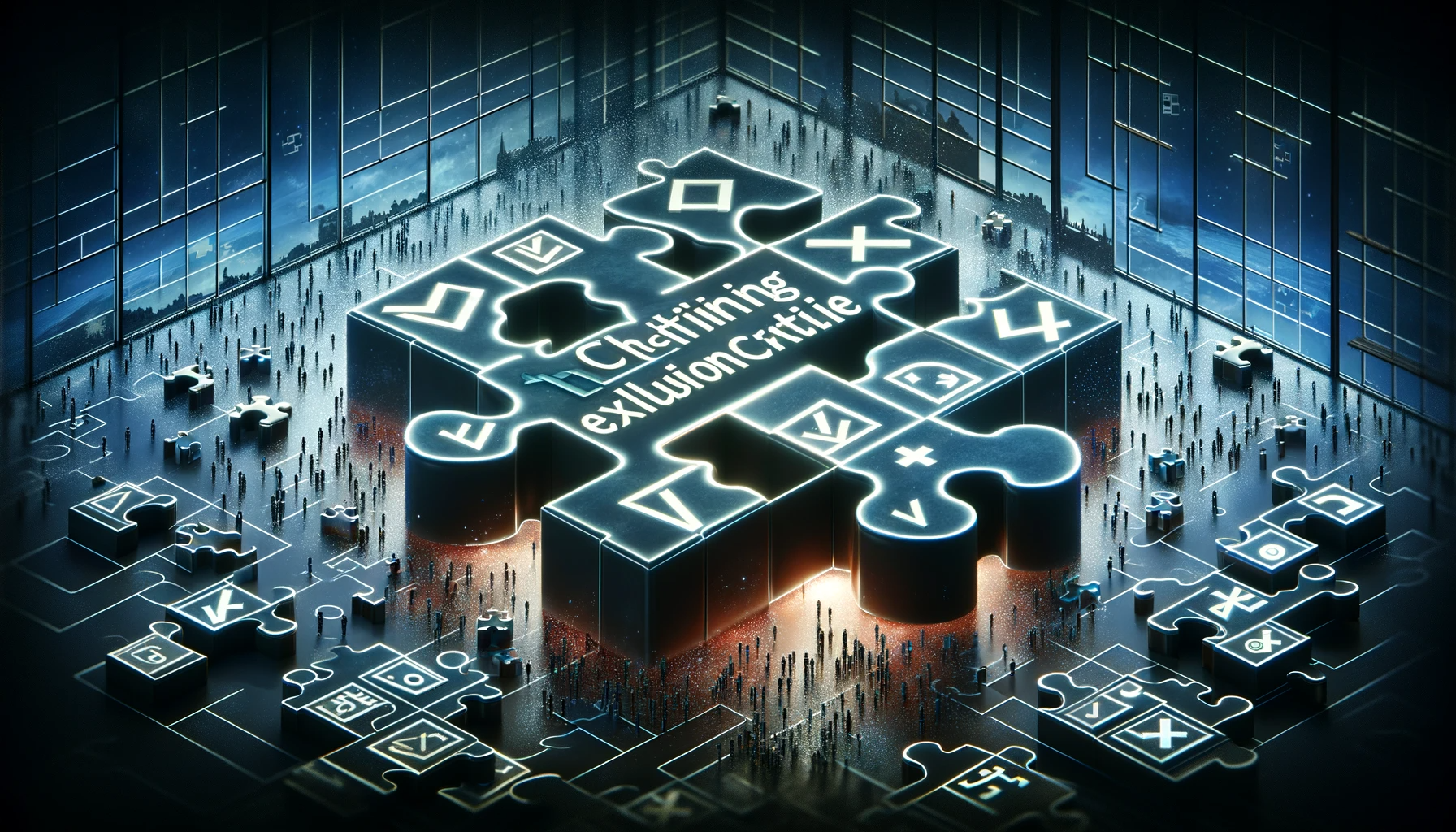Introduction
The European Innovation Council’s (EIC) Accelerator program, renowned for its significant funding opportunities for startups and SMEs, faces a unique challenge in defining clear exclusion criteria for applicants. This article delves into the complexities surrounding the program’s inability to publish distinct boundaries for approvals and rejections, attributing it to the inherent randomness in the selection process.
The EIC Accelerator’s Selection Dilemma
At the core of the EIC Accelerator’s selection process is a level of unpredictability that stems from the diverse backgrounds of evaluators and the subjective nature of innovation assessment. This randomness makes it challenging to establish concrete exclusion criteria that can be consistently applied across all applications. The absence of clear boundaries often leaves applicants in a state of uncertainty regarding their eligibility and the likelihood of their project’s acceptance.
Implications for Applicants
The lack of transparent exclusion criteria can lead to confusion among potential applicants, who may find it difficult to gauge their project’s fit within the program. This uncertainty can deter some innovators from applying, while others may resort to seeking external assistance, such as consultants, to interpret and navigate the ambiguous criteria.
Conclusion
The EIC Accelerator’s struggle to define clear exclusion criteria highlights the broader complexities involved in funding innovative projects. While the randomness in selection ensures a diverse range of projects are considered, it also underscores the need for a more transparent and applicant-friendly approach. Balancing the desire for innovation with the need for clear guidelines remains an ongoing challenge for the EIC Accelerator, one that is crucial for fostering an inclusive and dynamic innovation ecosystem.
About
The articles found on Rasph.com reflect the opinions of Rasph or its respective authors and in no way reflect opinions held by the European Commission (EC) or the European Innovation Council (EIC). The provided information aims to share perspectives that are valuable and can potentially inform applicants regarding grant funding schemes such as the EIC Accelerator, EIC Pathfinder, EIC Transition or related programs such as Innovate UK in the United Kingdom or the Small Business Innovation and Research grant (SBIR) in the United States.
The articles can also be a useful resource for other consultancies in the grant space as well as professional grant writers who are hired as freelancers or are part of a Small and Medium-sized Enterprise (SME). The EIC Accelerator is part of Horizon Europe (2021-2027) which has recently replaced the previous framework program Horizon 2020.
This article was written by ChatEIC. ChatEIC is an EIC Accelerator assistant that can advise on the writing of proposals, discuss current trends and create insightful articles on a variety of topics. The articles written by ChatEIC can contain inaccurate or outdated information.
- Contact Us -
EIC Accelerator Articles
All Eligible EIC Accelerator Countries (including the United Kingdom, Switzerland and Ukraine)
Explaining the Resubmission Process for the EIC Accelerator
A Short but Comprehensive Explanation of the EIC Accelerator
The EIC’s One-Stop Shop Funding Framework (Pathfinder, Transition, Accelerator)
Deciding Between EIC Pathfinder, Transition and Accelerator
A Winning Candidate for the EIC Accelerator
The Challenge with EIC Accelerator Open Calls: MedTech Innovations Dominate
Go Fund Yourself: Are EIC Accelerator Equity Investments Necessary? (Presenting Grant+)
Digging Deep: The New DeepTech Focus of the EIC Accelerator and its Funding Bottlenecks
Zombie Innovation: EIC Accelerator Funding for the Living Dead
Smack My Pitch Up: Changing The Evaluation Focus Of The EIC Accelerator
How Deep Is Your Tech? The European Innovation Council Impact Report (EIC Accelerator)
Analyzing A Leaked EIC Accelerator Interview List (Success Rates, Industries, Direct Submissions)
Steering the EIC Accelerator: Lessons Learned from the Pilot Program
Who Should Not Apply To The EIC Accelerator And Why
The Risk of Presenting all Risks in the High-Risk EIC Accelerator Program
How to Prepare an EIC Accelerator Resubmission
How to Prepare a Good EIC Accelerator Application: General Project Advice
How to Craft an EIC Accelerator Rebuttal: Explaining Grant Proposal Resubmissions

